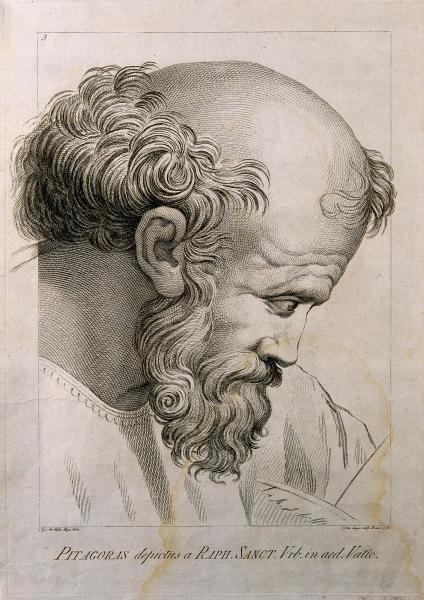- Read offline
- Access all content
- Use the in-app Map to find sites, and add custom locations (your hotel...)
- Build a list of your own favourites
- Search the contents with full-text search functionality
- ... and more!
Pythagoras
The Sage of Sámos

It is impossible to decide whether a particular detail of the Pythagorean universe was the work of the master, or filled in by a pupil a remark which equally applies to Leonardo or Michelangelo . But there can be no doubt that the basic features were conceived by a single mind; that Pythagoras of Samos was both the founder of a new religious philosophy, and the founder of Science, as the word is understood today. Arthur Koestler, the Sleepwalkers: A History of Man's Changing Vision of the Universe (1959)
Like Socrates, Pythagoras never wrote anything down, and is only known through the writing of his followers — and his enemies. Born on Sámos around 580 BC, recognized early on for his brilliant mind, ‘long-haired’ Pythagoras left the island when he was about 18, when Polykrates came to power. He is known to have visited or studied two of the leading philosophers of the time, Anaximander and Thales of Miletus and visited Egypt and Babylonia, before setting up a school in a cave on Sámos:
Images by Ch. Eckert, GNU Creative Commons License, Fæ on Wikimedia Commons

